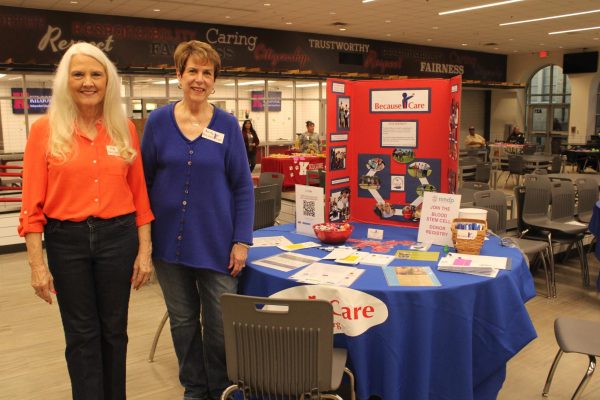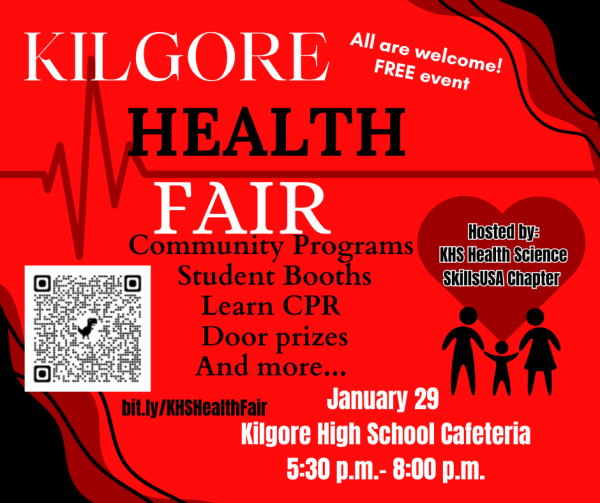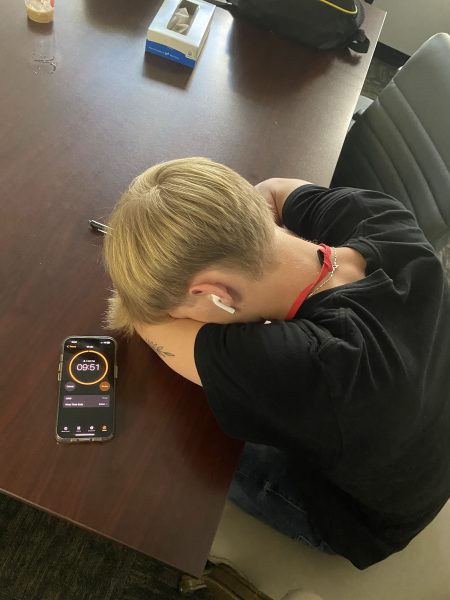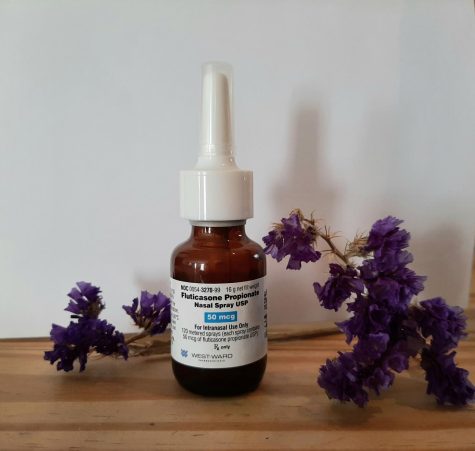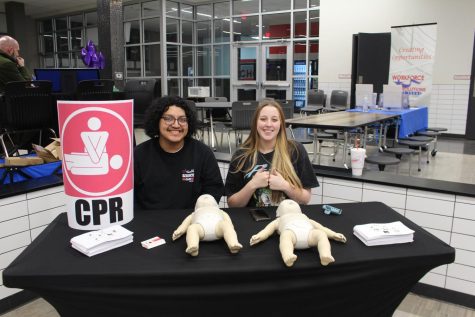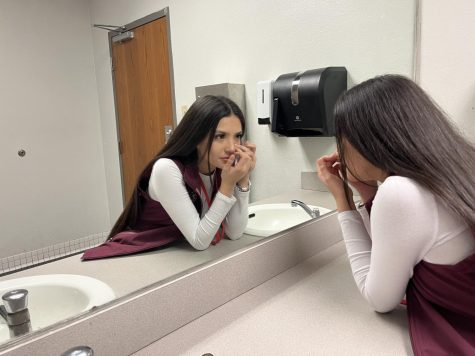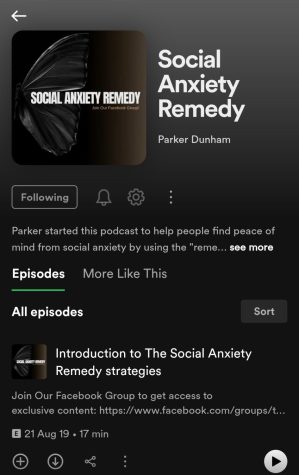Catching up with COVID
Coming up on two years since the world changed and quarantine happened, there is still lots in the news about COVID-19.
Coronavirus cases skyrocketed in early Jan. leading many schools, including KHS, to shut down for a day or so and deep clean their campuses for the safety of their students and faculty.
On Jan. 3, there was already an apparent rise in cases compared to fall of 2021 with a shocking 164,200 new confirmed cases, a 158,736 difference from Nov. 11, according to the CDC. Since then, there has been a severe 160,554 drop in cases, the daily count for March 6 being 3,646.
There was a new variant discovered, the Omicron variant, during the return from holiday break. While there is a 74% less likely chance of ICU admission and 91% less risk of death because of the booster shots and vaccinations, the rise in cases had led to overwhelming hospitalizations for this illness. Experts had believed this skyrocketing of cases was due to gatherings for the holidays.
The lowest number of deaths weekly in 2021 was 1,539 and the highest being 25,996. This weekly statistic has a chance of increasing if people choose to not take the vaccinations and take the precautions the CDC has recommended for everyone.
Not only has this virus spread like…well, a virus, but it has evolved past the disease the vaccine was originally formulated for due to its ability to attach to the ace-2 receptor, a protein the virus bonds to, in four more ways than the vaccine accounts
for.There are currently 3 different vaccinations for COVID, 2 of which are doctor recommended.
According to the CDC, Pfizer
and Moderna are both preferred by doctors, but Johnson & Johnson’s Janssen shot is only given in specific occurrences. In order to qualify for the Pfizer vaccine, you can be 5 years old, however, for the booster, you must be 12 or older. For the other two, there is an 18 and up recommendation. The only reason one is recommended to receive the J&J Janssen vaccination is if you have an allergic reaction to an ingredient included in the other vaccines or if there is a shortage of the other two types of vaccines.
Many doctors have noted, according to UC Davis Health, that their younger patients have reported wishing they had gotten the vaccination, asking themselves why they hadn’t originally listened after they had become hospitalized.
Omicron is affecting the upper respiratory tract and causes milder symptoms than previous versions of coronavirus, which some experts suspect is because of the vaccines and increased natural immunity. Omicron is likely to become – and might have already become – the dominant strain in the US with Omicron estimated to be greater than 90% of the cases recorded. There is also a remaining unidentified variant of COVID that is Omicron-like, but is likely around 30% more contagious.
There have been even more tourist restrictions being placed to protect everyone from the spread.
Though Omicron is less likely to kill younger people who are infected, including students in high school, many high schoolers’ families are older and therefore more likely to become infected and have serious symptoms.
Omicron has been proven to be more contagious than the original virus, so people should remain cautious and keep in mind the possible symptoms. Though Americans’ autonomy is very important, we must consider how our choices may affect the lives and health of others we are around.
To allow for people’s autonomy regarding the vaccine, one preventative measure KHS and other schools have taken was to temporarily shut schools down until the spread of Omicron lessoned.
With the decrease in cases recently, there could be the possibility of people becoming less strict of the preventative measures they decide to take. This choice could be detrimental to everyone affected by COVID. In order to maintain this low rate of cases, the US should continue to do what they’re doing to sustain the community.
The CDC has a chart that informs everyone of the precautions they should take depending on their health. If one is low risk, they should stay up to date with the vaccinations provided and get tested depending on the symptoms extracted.
If they are a medium risk, one should talk to their healthcare provider to inform themselves of their need to wear a mask, and other precautions. They should also get the vaccinations and get tested when symptoms are contracted.
If they are a high risk patient, the CDC recommends wearing a mask when they are inside and around people. People should also regularly get tested if they acquire symptoms and get the vaccination.
Other provisions should be discussed with a healthcare provider depending on how risky their illness/ illnesses may be.
It’s recommended that people don’t lose sight of the possibility of a sudden rise in cases once again. There is still so much unknown about COVID-19, so it’s best to remain safe when out in public.
Hand sanitizer, hand soap, face masks, vaccinations, and somehow toilet paper reminiscent of early 2020, will be your best friend in order to remain healthy and well in this time of adversity.


